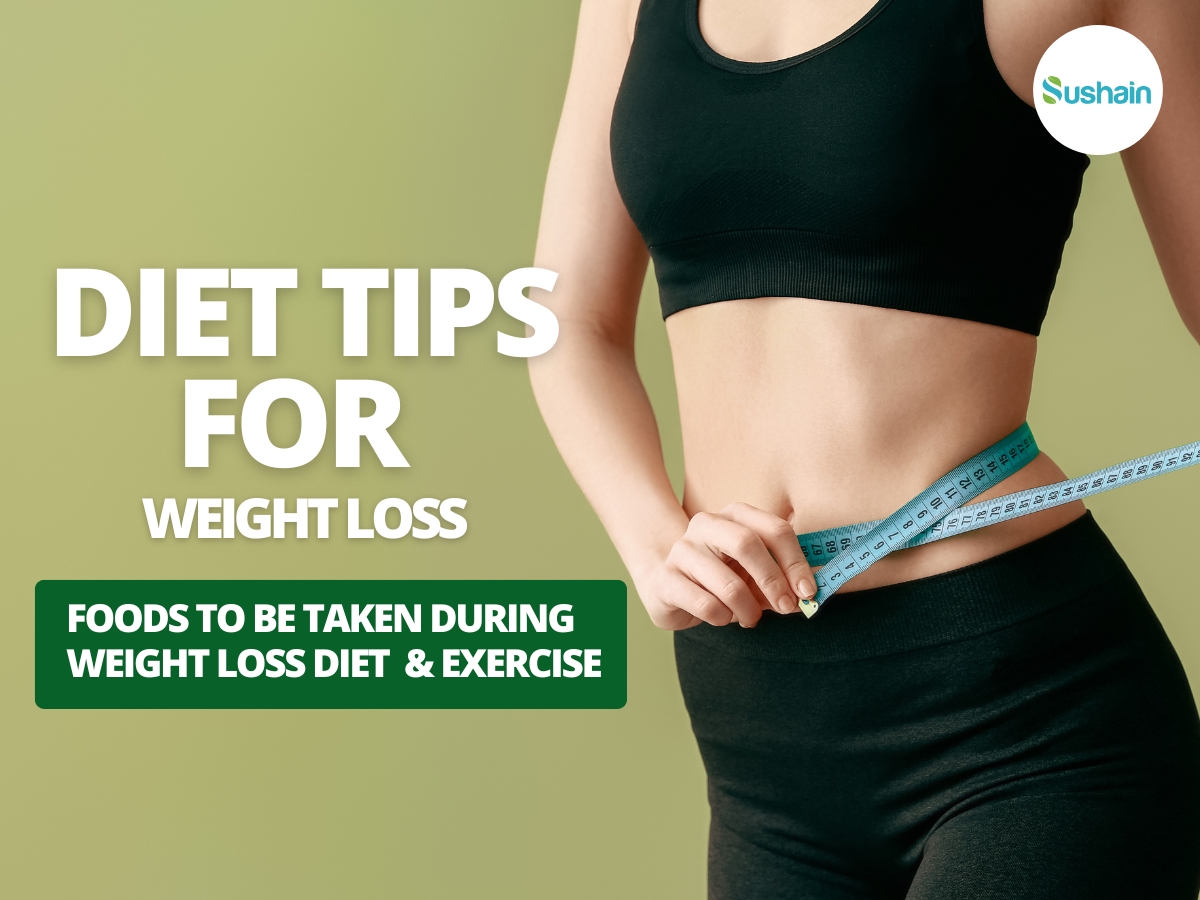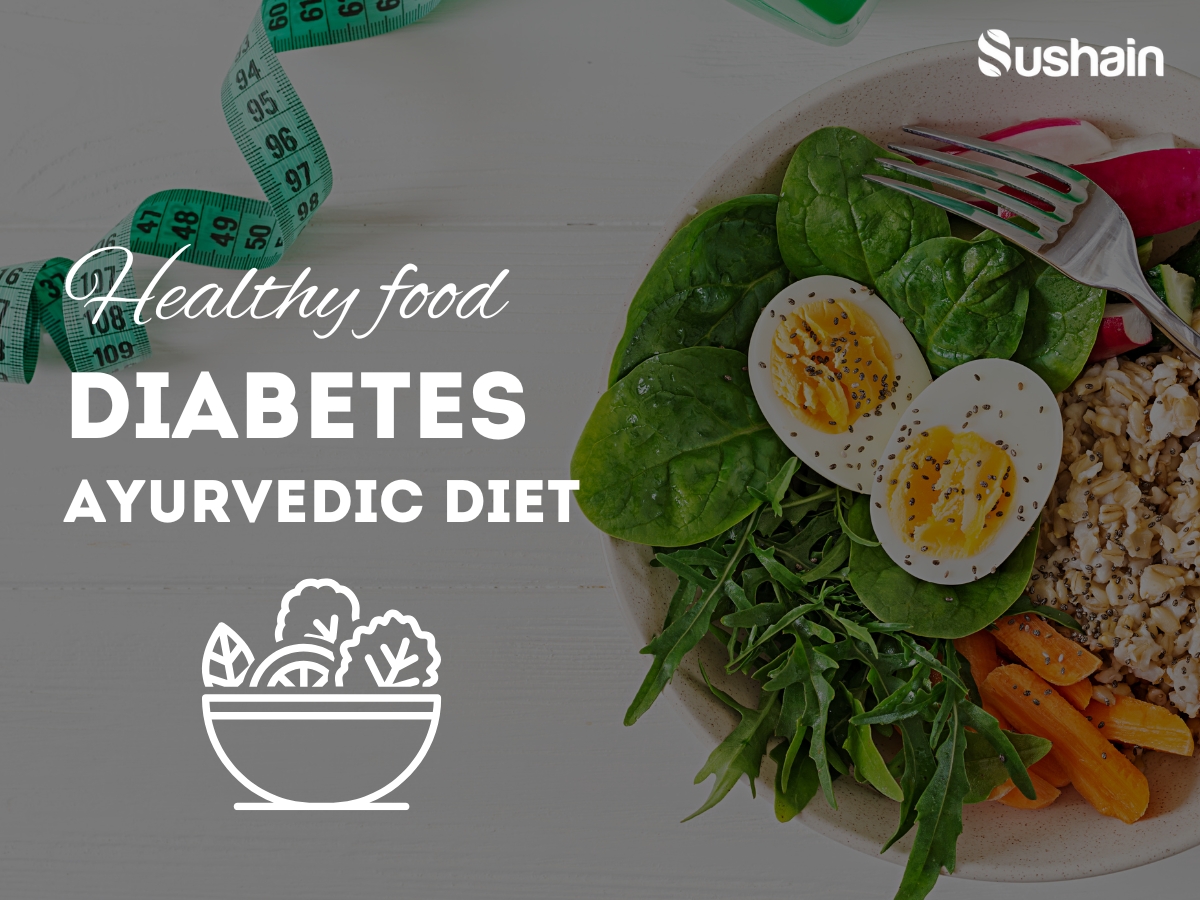Introduction to Varicose Veins:
Varicose veins are the enlarged, twisted veins. Varicose veins can happen anywhere in the body, but most common in the legs. Varicose veins, also called Varicoses or varicosities, occur when veins become enlarged, dilated, and overfilled with blood. Varicose veins look blue or blue below the skin. To overcome this one should go for ayurvedic treatment varicose veins, the best ayurvedic oil for varicose veins, and ayurvedic medicine for varicose veins.
Best Ayurvedic Treatment for Varicose Veins:
Varicose veins most commonly affect the veins in the legs, due to continuous standing and walking increasing the pressure in the veins of the lower body. Take the best ayurvedic treatment for varicose veins, the best ayurvedic oil for varicose veins, and ayurvedic medicine for varicose veins.
- Varicose veins are caused due to imbalance in tridoshas, especially vata and pitta dosha and rasa, dhatu involvement.
- According to varicose veins in Ayurveda are called Siraja granthi, an ayurvedic treatment varicose veins i.e. best ayurvedic treatment for varicose veins.
- Caused by to intake of abhishyandi aahara like heavy deep-fried food, curd, junk food, etc.
- Bharavahana, lifting heavy weights.
- Long time standing or walking.
Ayurvedic Treatment Varicose Veins Involves.
- Avoiding causes (nidanaparivarjan) like long time standing, and sitting.
- Panchakarma treatment is given to treat varicose veins which is the Best ayurvedic treatment for varicose veins.
- Abhyanga improves blood circulation, reduces heaviness, numbness, and swelling, and relaxes the muscles.
- Basti treatment.
- Raktamokshana using jalouka that is leeches. Raktamokshana removes toxins from the blood and removes stagnation and congestion in varicose veins.
Dr Anila R S
BAMS | 23 YRS. EXP.
Dr Ashwini Indrajeet
MD (Ayurveda) | 8 YRS. EXP.
Dr Anand Prakash
BAMS,MD (Ayurveda) | 19 YRS. EXP.
Dr Nandini Marappa
BAMS | 15 YRS. EXP.
Dr B Ranganadh Acharyulu
BAMS,MD (Ayurveda) | 26 YRS. EXP.
Dr Manju Singh
BAMS,MD(AM) | 30 YRS. EXP.
Dr Anshu sharma
BAMS,MD (Ayurveda) | 18 YRS. EXP.
Dr Chelimela Srinivas Rao
BAMS | 25 YRS. EXP.
Dr Vivek Kr Gupta
BHMS | 10 YRS. EXP.
Dr Shailendra Naithani
MD (Ayurveda) | 36 YRS. EXP.
Ayurvedic Treatment & Home Remedies for Varicose Veins:
Ayurveda, the traditional system of medicine in India, offers holistic approaches to managing varicose veins. It focuses on balancing the doshas (Vata, Pitta, and Kapha), improving circulation, and promoting overall well-being. Here are some Ayurvedic treatments and home remedies that may help with varicose veins:
Herbal Supplements:
- Triphala: This combination of three fruits (Amla, Haritaki, Bibhitaki) is known for its detoxifying properties and can aid in digestion.
- Gotu Kola (Centella asiatica): Gotu kola is believed to strengthen veins and improve circulation. It is available in supplement form.
- Ashwagandha (Withania somnifera): Known for its adaptogenic properties, Ashwagandha may help the body adapt to stress.
Ayurveda Herbs to Treat Varicose Veins (Ayurvedic Medicine for Varicose Veins):
- Ginger (Zingiber officinale): Ginger has anti-inflammatory properties and may help improve blood circulation. It can be consumed in various forms, such as fresh ginger in tea or as a supplement.
- Gotu Kola (Centella asiatica): Gotu kola is known for its ability to support blood circulation and strengthen the walls of blood vessels. It is believed to improve the tone of veins and reduce symptoms associated with varicose veins.
- Neem (Azadirachta indica): Neem is known for its anti-inflammatory and antioxidant properties. It may help improve blood circulation and reduce inflammation in the veins.
- Guggul (Commiphora wightii): Guggul is traditionally used in Ayurveda to support cardiovascular health. It is believed to have anti-inflammatory and blood-thinning properties.
Do’s and Don’ts
- Intake of fruits and vegetables.
- Maintaining a healthy weight.
- Drinking water
- Intake of citrus fruits
- Rest of both limbs.
- While sleeping, place a pillow under the feet, to keep in an elevated position, for good blood circulation in the leg.
- Wearing varicose veins socks or stockings.
- Avoid spicy, fatty, fried food that causes constipation.
- Avoid standing sitting or walking for long hours.
Ayurvedic Medicines for Skin Care:
Jatyadi ghrta lepam Ayurvedic Antiseptic cream SKM
₹ 108
View Product
Panchatikta Ghrut Guggul by Dhootpapeshwar
₹ 140
View Product
Ayurkart Mahatiktaka Lepam Lami Tube 20GM Kottakkal
₹ 85
View Product
Causes of Varicose Veins:
- Age factor, because of the aging process, vein walls and valves lose elasticity.
- Gender, female hormones may allow the walls of veins to stretch. Pregnant women, women taking birth control pills, or going through menopause are at higher risk of varicose veins due to Hormonal changes.
- Family history.
- Lifestyle and occupation of standing or sitting continuously, wearing clothes like pants with tight waistbands can decrease the blood flow.
- Obesity.
What are the Symptoms of Varicose Veins?
- Bulging veins, that are twisted, swollen, rope-like veins are either in blue or purple color. They just appear below the surface of the skin on the legs, ankles, and feet. They develop in clusters.
- Heavy legs, muscles in the legs may feel tired, heavy, or sluggish, after physical activity.
- Itching, the area around varicose veins may itch due to variations in blood circulation.
- Pain, legs may be painful, achy, or sore, especially behind the knees along with muscle cramps.
- Legs, ankles, and feet can swell.
- If left untreated, varicose veins can cause brown discoloration on the skin, and severe varicose veins can cause venous ulcers on the skin. So, take ayurvedic treatment varicose veins and ayurvedic medicine for varicose veins.
Yoga to Treat and Reduce the Symptoms of Varicose Veins.
Yoga which involves different asanas, helps to stretch, by reducing swelling, and pain in the leg due to varicose veins. It also Improves flexibility and strengthens the muscles.
Wind-Relieving Pose (Pavanamuktasana):
- Lie on your back and bring one knee toward your chest, holding it with your hands.
- Hold the pose for a few breaths and then switch legs.
- This pose helps in releasing gas and may improve blood circulation in the lower abdomen.
Mountain Pose (Tadasana):
- Stand with feet together, arms by your sides, and weight evenly distributed on both feet.
- Engage your leg muscles and lift your chest.
- This pose promotes good posture and strengthens the legs.
Legs-Up-The-Wall Pose (Viparita Karani):
- Lie on your back and place your legs up against a wall.
- Keep your arms by your sides with palms facing up.
- Relax in this position for 10-15 minutes, allowing gravity to assist in draining blood from the legs.
Latest Blogs


 Home
Home  Book Video Consultation
Book Video Consultation Buy Medicines
Buy Medicines


























